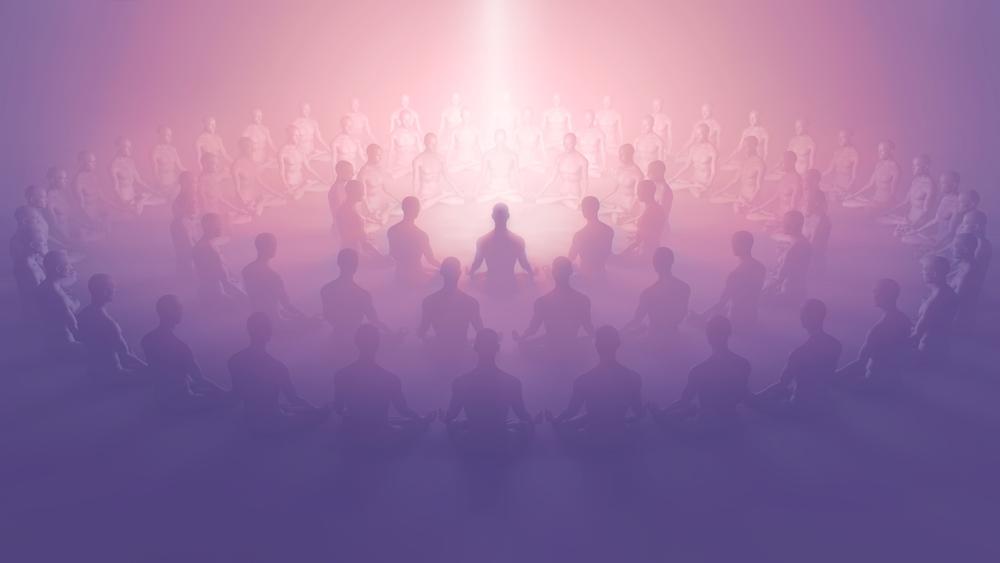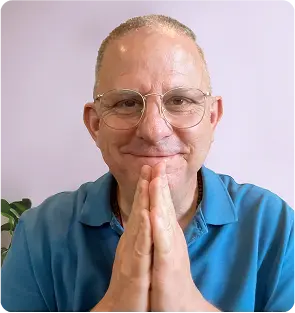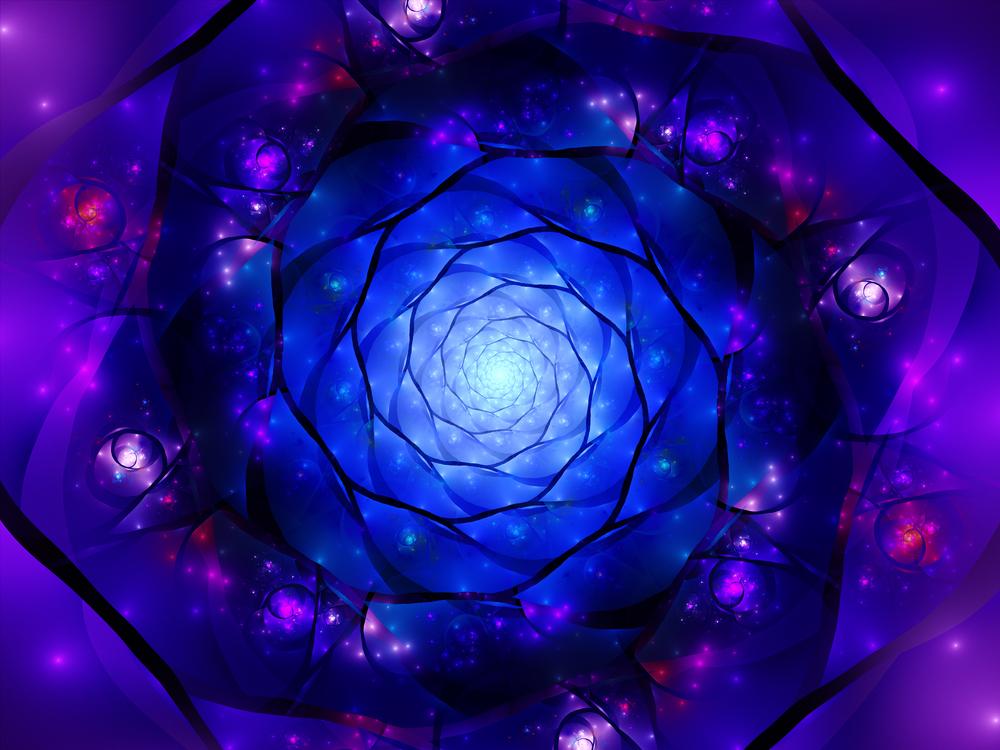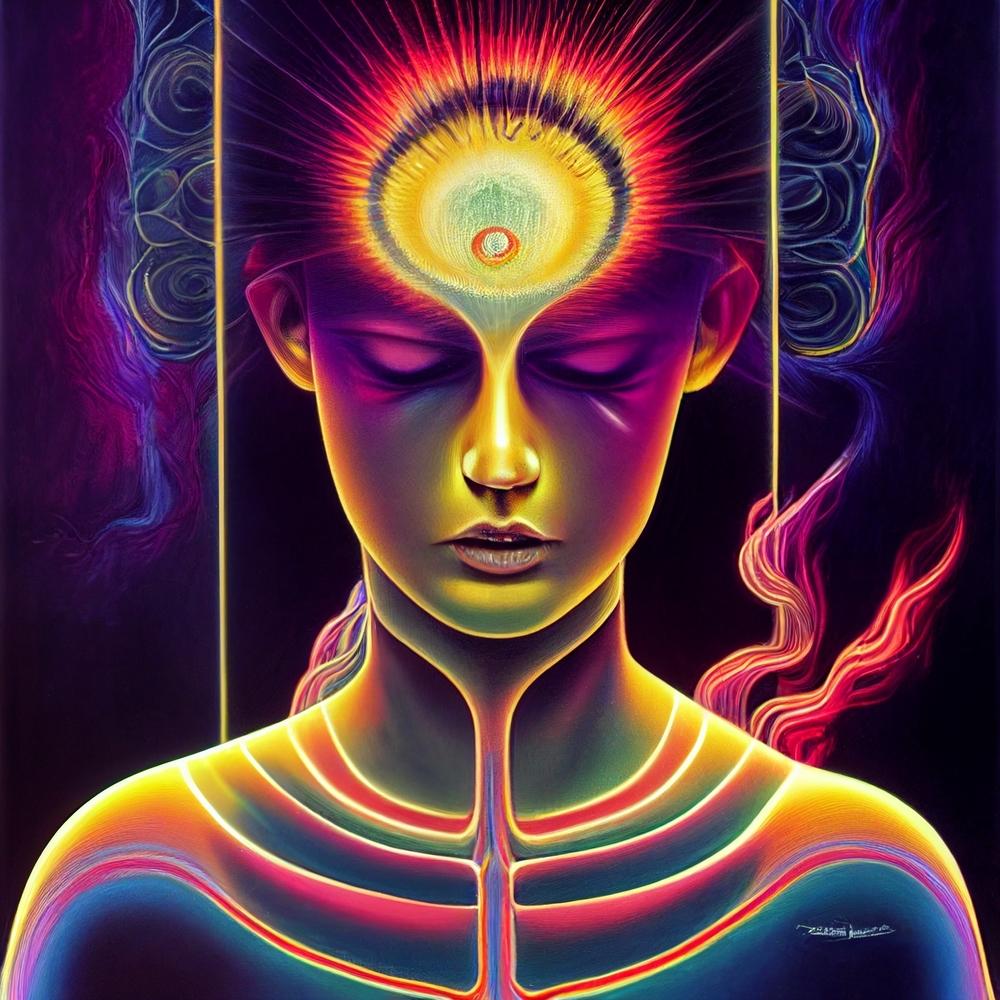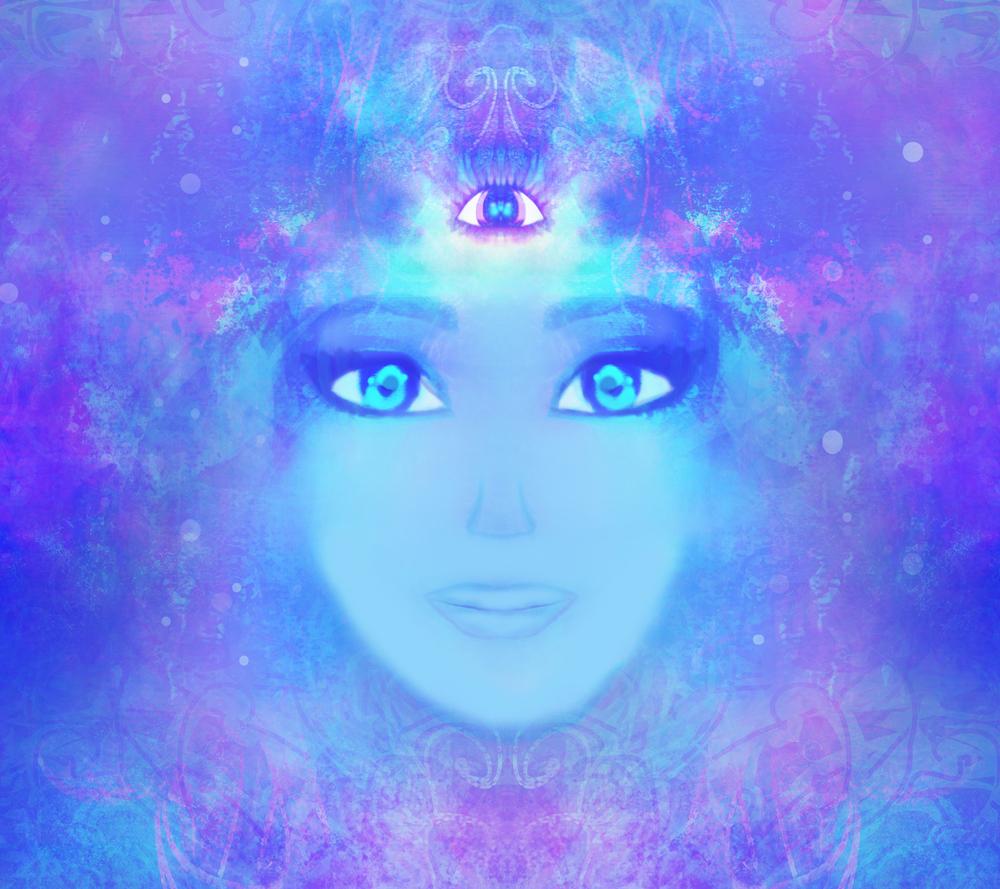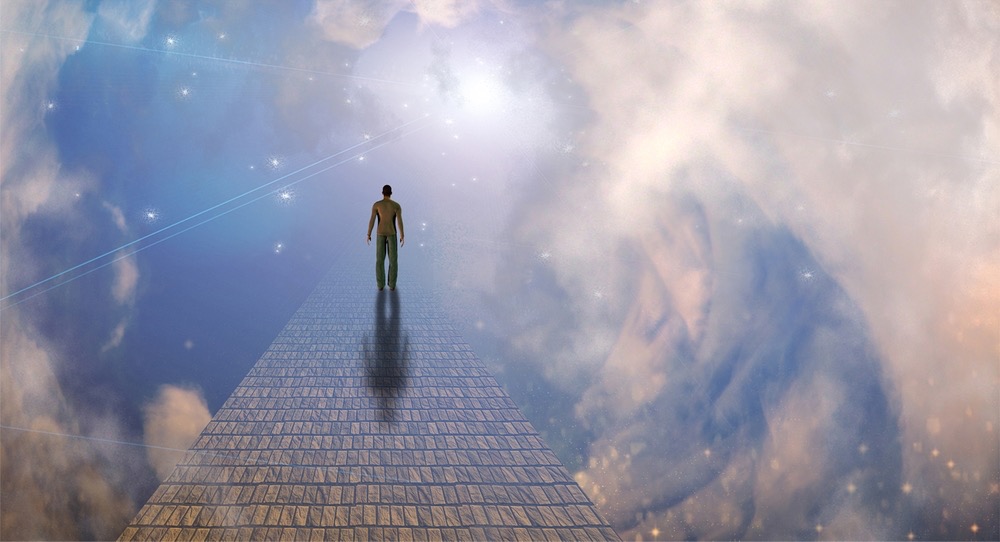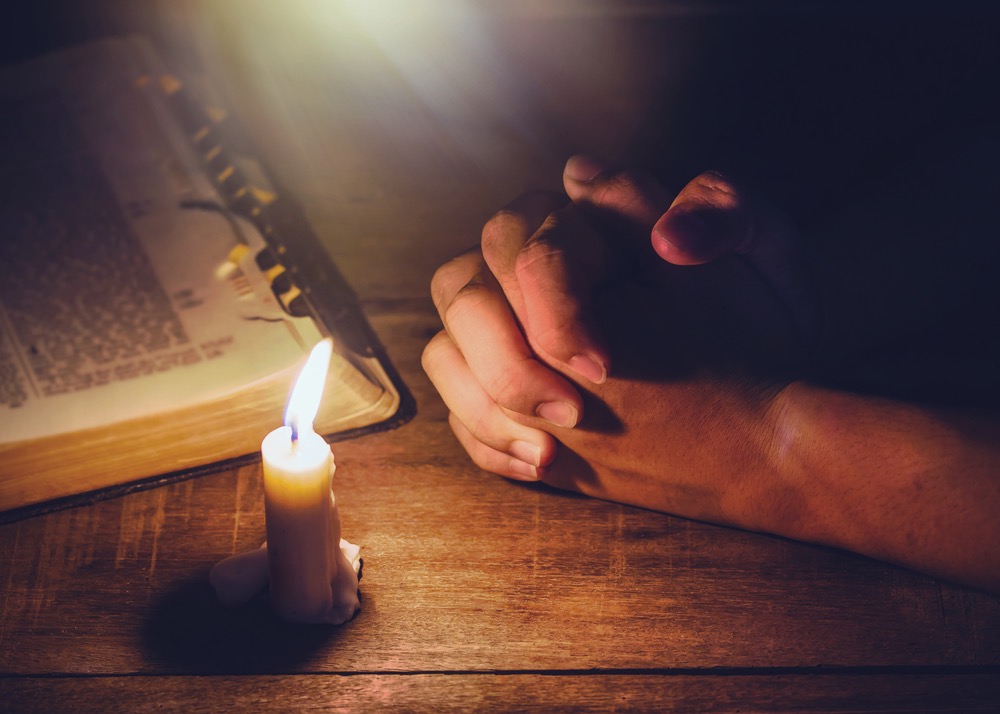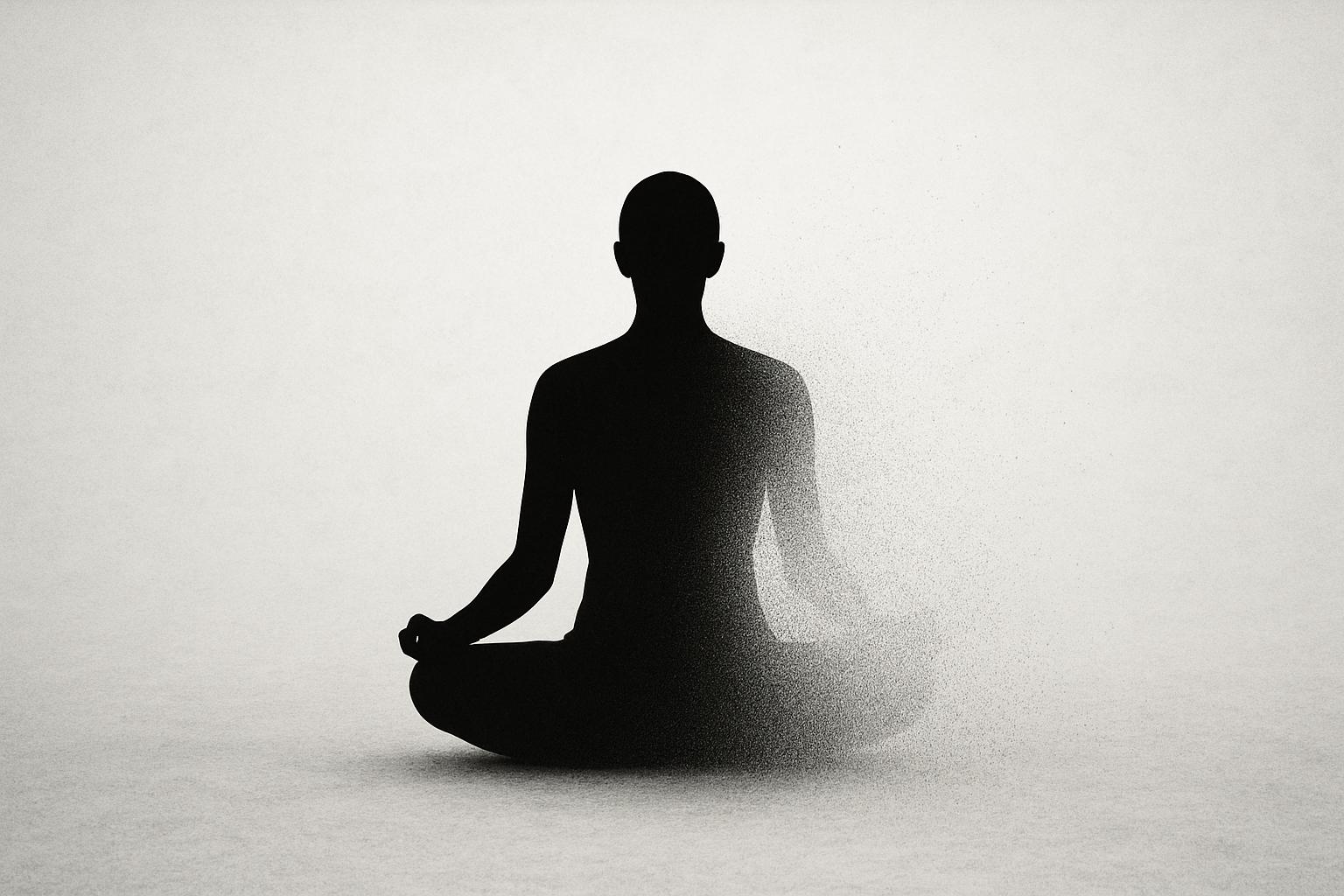
If you’re reading this, you’ve likely glimpsed something about the nature of reality that’s pulled the rug out from under your sense of self. Maybe it freaked you out. Maybe you’re excited or feel inspired.
Maybe through meditation, through trauma, through psychedelics, maybe through sheer exhaustion you arrived at understanding that it’s all bullshit – this idea of maintaining an identity.
Right? Read on!
In Zen Buddhism, this initial seeing is called Kensho – literally “seeing one’s nature.” You’ve recognized that the “you” you thought you were is a construction – a contrivance built from mind, ego, and desire. Not wrong, not bad – just not solid, not real. Well, not real in the way you assumed.
What follows is post-Kensho integration – the multi-year process of learning to function as a human being when the organizing principle of “me” has dissolved or significantly loosened.
Here’s what that looks like in plain language:
The Collapse (variable durations – unfolding in myriad ways): Everything you thought you were dissolves. Meaning structures fall apart. Well, it might be that EV-ER-Y-THING FALLS APART. Your identity feels like it’s now unrelatable, useless, and possibly dying – because it is!
This is often described as “dark night of the soul” or “dissolution of the false Self” or “ego dissolution.” You might feel profoundly disoriented, empty, alone, depressed, or like you’re watching your life from the outside – possibly worried as hell. Good times, right?
The Void (3-12 months typically): The shock wears off and the confusion wanes – but the emptiness remains. Over time, there will be no motivation from ego – and no personal investment in outcomes or potential. You function, but it will likely feel unlike you – and possibly hollow. Not depression exactly – depression collapses inward and loses energy. This is more like… spacious confusion. You’re empty but somehow you’re still here. And the confusion is less likely to be disorienting and more like a redirection that hasn’t registered yet.
Functional Emptiness (1-5 years): You’re learning to work, love, create, decide, and live from no fixed center. Actions happen but there’s no strong sense of “I’m doing this.” Life continues but you’re not driving it in the old way.
Embodied Realization (5+ years): Eventually, the distinction between “empty awareness” and “daily life” dissolves. It’s just how you are. Not special, not a state to maintain. Just functioning as awareness expressing through form. In fact, form begins to feel foreign to you – as if it never existed – because it hasn’t.
You’re probably somewhere in the first three phases if you’re reading this. And you probably feel like you’re losing your mind or your life or both.
You’re not. You’re reorganizing. You’re dissolving something without putting effort into it. But that doesn’t make it less difficult or disorienting.
Let’s talk about how to actually navigate this without completely imploding.
And some people might implode for a time – and that’s fun, too. LOL
First: You Will Fall Apart (And That’s The Point)
You’re going to fall apart. Let’s start there.
Not permanently. Not catastrophically. I mean, you’ll still recognize yourself as You.
But on some level – socially, professionally, physically, emotionally – things are going to come undone. They’ll unwind in ways you might not expect (or wish for).
Your normal coping mechanisms won’t work. Your usual motivations will feel hollow or absent entirely. The person you’ve been showing up as will feel like a costume that no longer fits. For a time, you won’t feel welcome in your own body. Good times! LOL
This is not only okay – it’s temporary. And more importantly, it’s not a sign you’re doing it wrong. The falling apart IS the process. You can’t reorganize, releasing false identities, without first dismantling what got you here in the first place.
Let’s be honest about what does it mean to “fall apart:” Falling apart is that you begin to see the pieces that were always separated because they weren’t real. So it’s not actually falling apart – it’s seeing the parts that were contrived – and sensing that you were never any of it.
Now let’s talk about what “falling apart” might look like:
Socially: You might withdraw. You might exit relationships or change them – and you might cancel a slew of plans. You’ll certainly stop returning texts. Relationships that were based on your old identity patterns might strain or end. You might struggle to make small talk or engage in social performance. People might ask if you’re okay, and you won’t have a satisfying answer.
Be prepared: You’ll likely no longer be invited to cocktail parties – and thank fucking Christ for that! A sea of masks all drinking alcohol! Oh my what a waste of time!
Professionally: Your ambition might vanish. Career goals that drove you for years suddenly feel meaningless. You might struggle to care about performance reviews, promotions, or impressing anyone. You’ll probably still do your work, but the internal fire is gone. You’re not in a field of nothing doing what feels like nothing of value. And it doesn’t matter – that’s the good part.
Physically: Exhaustion. Sleep disruption. Immune system fluctuations. Digestive issues. Your nervous system is literally forgetting – and then rewiring. The body needs time to reorganize around the new consciousness – the new sense of presence. This isn’t metaphorical – it’s physiological. And it’s a vital phase in the process.
Emotionally: Waves of grief, anger, fear, or flatness will pour out of you at times. One day you might feel profoundly accepting of everything. The next day you’re sobbing or enraged or guilty or blaming or numb. Emotional regulation that used to be automatic now requires conscious navigation. You might need to make appointments with yourself to cry your face off.
Practically: Decision-making becomes harder. What to eat, where to live, whether to stay in a relationship – questions that used to have obvious answers now feel impossible. Without ego-drive telling you what you want, how do you choose anything?
Short answer: You simply stop choosing and you start allowing.
This falling apart serves a purpose: You cannot reorganize without first dismantling.
The old structure has to come down before something more authentic can emerge. Trying to hold it all together perfectly while going through this process is like trying to renovate a house that both no longer like and do not feel welcomed in. It doesn’t work.
So give yourself permission to fall apart. Not recklessly – you still have responsibilities – but realistically. You’re going through a fundamental reorganization of consciousness. That’s not a weekend project. In fact, it can be a fulltime job for years.
The key is: Fall apart with awareness, not into a dramatic, insane, trigger-driven, unconscious collapse. Just chill out and let things evaporate for a while.
How to Recognize You’re Integrating (Not Just Depressed or Broken)
This matters because the interventions are different. And you want to pay attention here. This is a big moment.
Post-Kensho integration looks like:
- Emptiness that’s spacious, not heavy
- Functioning continues despite lack of motivation
- Awareness is clear even when emotions are turbulent
- Actions happen but there’s no strong sense of “I’m doing this”
- Disorientation about identity, not about reality itself
- You can still laugh, connect, respond – it just feels different
- There’s a strange peace underneath the confusion
Clinical depression looks like:
- Emptiness that’s heavy, constricting, dark
- Functioning deteriorates – basic self-care becomes difficult
- Awareness is foggy, murky, clouded
- Strong sense of “I” suffering, “I” can’t do this
- Thoughts of self-harm or that others would be better off without you
- Loss of capacity for joy, connection, or response
- No peace anywhere – just pain and exhaustion
The overlap: Both can involve low motivation, social withdrawal, exhaustion, and emotional flatness. This is why people in integration often get misdiagnosed.
When to seek professional help: If you’re having thoughts of self-harm, can’t maintain basic functioning (eating, hygiene, showing up to work), or the heaviness is crushing rather than spacious. Integration can coexist with depression – treat the depression while allowing the integration to unfold.
How to Function Without Motivation
Here’s the real question: How do you get out of bed, go to work, pay bills, maintain relationships when the entire motivational engine is gone?
The old system was: “I want X, therefore I do Y.” But there’s no strong “I want” anymore. So what now? And this is not a little thing – it’s a big part of this transformation.
The shift is from motivation to responsiveness.
Instead of: “I want to succeed, so I work hard.”
Now: “Work needs doing. I have the capacity. So it happens.”
Instead of: “I want this relationship, so I invest in it.”
Now: “This person is here. Connection arises. Care flows.”
Instead of: “I want to eat healthy, so I make good choices.”
Now: “The body needs fuel. What serves it right now?”
This sounds abstract, but here’s how it works practically:
Morning Routine Without Motivation
You wake up. There’s no enthusiasm. No drive. No “let’s crush this day” energy. Just… awareness of being awake.
Don’t wait for motivation. It’s not coming. The old motivational system is offline.
Instead, respond to what’s immediate:
- Body needs to pee. Go pee.
- Body could use water. Drink water.
- Hunger present? Eat something simple.
- Shower would feel good? Shower.
Move through the basics as simple responsiveness. Not “I should” or “I need to” – just responding to what’s obvious and immediate.
The action happens, but you’re not white-knuckling it or forcing it. You’re just… not resisting what’s obvious.
Work Without Ambition
You have a job. Bills need paying. Responsibilities exist.
The old way: “I need to perform well to get promoted/respected/validated.”
That’s gone. So what now?
Function from capacity, not identity.
You have skills. You have capacity. Work needs doing. The work happens through you, but you’re not claiming it or building a narrative around it.
Show up. Do what’s in front of you. Meet deadlines not because you care about impressing anyone, but because that’s the agreement you made and you still have integrity (even if you don’t feel motivated by the outcome).
This actually makes you better at your job, paradoxically. Without ego defending itself, you receive feedback more cleanly. Without attachment to outcomes, you take smarter risks. Without needing credit, you collaborate more naturally.
But it feels weird. You’re doing good work while feeling internally disconnected from it. That’s normal in this phase.
Relationships Without Ego-Needs
This is the hardest one.
Your partner, friends, family – they’re used to a version of you that had predictable patterns, needs, responses. That version is less solid now.
You might feel like you’re faking it. Going through the motions of connection while feeling empty inside. This is deeply uncomfortable.
Here’s what actually works:
Be honest (in accessible language). You don’t need to say “I’ve realized I’m no one and everything is empty.” That will freak people out.
Instead: “I’m going through a major internal shift. I’m processing a lot and might seem different or distant. It’s not about you – I’m reorganizing how I relate to myself and life. I need your patience.”
Show up anyway. Even if you don’t “feel” like connecting, show up for people who matter. Not from obligation, but from simple recognition: this person matters, connection is valuable, showing up serves both of us.
The love might not feel the same. It might feel less intense, less needy, less dramatic. That doesn’t mean it’s less real. In fact, love without ego-agenda is often more stable and present – just less fireworks.
Let some relationships fall away. Some connections were based entirely on your old identity patterns. If they don’t survive the shift, that’s information. Grieve it if needed, but don’t force it.
Decision-Making Without a Decider
Big decisions feel impossible. Where to live. Whether to stay in a relationship. Career changes. How do you choose when there’s no strong “I want this”?
The process:
- Get quiet. Sit with the decision without forcing an answer. Don’t think your way to clarity – that’s the old method.
- Notice what arises. Not what you should do or what makes logical sense. What actually moves in you when you consider each option? Even without ego-drive, there’s often a subtle sense of alignment or misalignment.
- Try it on. Imagine living the decision. Not thinking about it – actually visualizing yourself in that reality. How does the body respond? Contraction or opening? Heaviness or ease?
- Decide from simplicity. Often the choice becomes obvious when you remove all the narrative. The simplest path, the one with least resistance, the one that serves the most people including you.
- Don’t agonize. Make the choice and move forward. Without ego-investment, even “wrong” choices are just information. You course-correct as needed.
Daily Structure When Nothing Feels Meaningful
You need structure even though nothing feels inherently meaningful. Here’s why: Without structure, you’ll drift into dysfunction. The emptiness needs a container.
Morning:
- Wake at roughly the same time
- Basic hygiene (even if you don’t care)
- Something to eat (fuel the form)
- 10-30 minutes sitting in emptiness (not meditation to achieve something – just sitting as the space you are)
- Move the body somehow (walk, stretch, anything)
Midday:
- Do what needs doing (work, errands, responsibilities)
- Eat when hungry
- Rest when exhausted (integration is tiring)
- Connect with one person, even briefly (text, call, in-person)
Evening:
- Something nourishing (not just collapsing)
- Feel what’s present emotionally without story
- Early to bed (your body needs more rest than usual)
This isn’t rigid. But without some structure, days blur into weeks of lying in bed wondering what the point is. Structure provides form for the emptiness to move through.
The Loneliness: Everyone Else Is Still Running Ego Programs
You’re living from emptiness. Everyone around you is still operating from ego-identity. This creates profound loneliness.
They’re worried about status, validation, getting ahead, being right, defending positions. You’re… not. You can see the game but you’re not playing it anymore.
This doesn’t make you better than them. It makes you different, and difference creates distance.
What helps:
Find at least one person who gets it. A teacher, therapist familiar with spiritual emergence, or someone else integrating. You need at least one person you can talk to without translating everything into acceptable language.
Accept the gap. You can’t make everyone understand. You can still love them, be present with them, participate in their lives. But stop trying to make them see what you see. That’s just a new form of ego.
Remember: They’re not wrong. The ego-driven life isn’t a mistake. It’s a phase. You were there too. Have compassion for where people are while not pretending you’re still in that phase.
Create alone time. You need space to be empty without performing normalcy. Regular time alone is essential – not isolation, but intentional solitude to rest in the spaciousness.
Physical Support: Your Body Is Reorganizing
This isn’t just psychological. Your nervous system is literally rewiring. Support it.
Nutrition: Eat real food. Your body needs building blocks for the reorganization. Processed crap makes it harder.
Rest: Sleep 8-10 hours if you need to. Nap. Your body is doing deep work even when you’re not conscious of it.
Movement: Gentle, regular. Not aggressive workouts (unless that feels right). Walking, yoga, tai chi, swimming. Movement helps energy flow and prevents stagnation.
Supplements/herbs if helpful: Adaptogenic herbs (ashwagandha, rhodiola), magnesium, omega-3s, B vitamins. Not to fix anything, but to support the system. Check with someone knowledgeable.
Medical care without shame: If you need medication for depression/anxiety, take it. If you need therapy, go. Spiritual integration doesn’t mean rejecting help. The form still needs support.
Bodywork: Massage, acupuncture, somatic therapy if accessible. Stress patterns held in tissue are releasing. Help the process.
What About Responsibilities: Kids, Elderly Parents, Employees?
The privilege of this process is you get to focus on yourself. But many people don’t have that luxury.
If you have dependents:
You still show up. Not from “should” but from simple recognition: these beings need care, you have capacity to provide it, so it happens.
It might feel mechanical at first. Going through the motions of parenting or caregiving while feeling empty inside. That’s okay. The care is still real even if it doesn’t feel emotionally rich.
Often, caregiving actually grounds the integration. It forces you to function, to be responsive, to get out of your head. The necessity becomes a gift.
If people depend on you professionally:
Maintain basic function. Show up, do the work, meet commitments. You don’t need to explain your internal process to employees or colleagues.
If you need to step back, do it consciously: “I’m taking some time to deal with health issues” (which is true – this is psychosomatic). Create structure for others to manage without you if needed.
The paradox: Responsibility can actually support integration. It prevents total collapse into the void. The necessity to show up for others keeps you engaged with form even as identity dissolves.
When You Think You’re Stuck: What If It Doesn’t Stabilize?
Some people get into the void and can’t seem to get out. Months turn into years of non-functioning emptiness.
Signs you’re stuck (not just integrating):
- Complete inability to function (can’t work, can’t maintain relationships, can’t care for yourself)
- No movement at all – just static emptiness with no flow
- Identification with being empty (new spiritual ego: “I’m the enlightened empty one”)
- Using emptiness to avoid life, responsibility, or uncomfortable feelings
- Physical health deteriorating with no attempt to address it
If you’re stuck:
Get support. Therapist, teacher, guide who understands this territory. You need help moving energy that’s stagnant.
Engage the body. Stuckness is often because the realization is only mental/spiritual but hasn’t integrated into the physical form. Intense physical practice can help: hard workouts, martial arts, ecstatic dance, breathwork.
Serve someone. Get out of your internal process by being useful to another human. Volunteer, help a neighbor, mentor someone. Service moves energy.
Consider medication. If the stuckness has a depressive quality, you might need pharmaceutical support to lift the floor enough to function while integration continues.
Check for trauma. Sometimes integration stalls because unprocessed trauma surfaces. The ego that was managing it is gone, and now the raw wound is exposed. This needs trauma-informed therapy, not just spiritual practice.
The “Fuck It” Moment (And Why It’s Actually Good)
At some point – maybe multiple points – you’ll hit “fuck it.”
Fuck this spiritual process. Fuck awakening. Fuck emptiness. Fuck trying to integrate anything. Fuck all of it.
This is not regression. This is progress.
The “fuck it” is ego’s final protest before a deeper release. It’s also a healthy human response to the absurdity of what you’re going through.
Let yourself have the “fuck it” moment. Feel the rebellion. The frustration. The exhaustion with the whole process.
Then notice: even in “fuck it,” you’re still here. Still aware. Still functioning. The resistance itself is just more weather passing through.
The “fuck it” often precedes a breakthrough. It’s the moment when you stop trying to manage the process and just… let it be whatever it is.
What Success Actually Looks Like (Not What You Think)
You’ll know it’s stabilizing when:
Life feels ordinary again. Not special, not magical, not enlightened. Just… normal. But you’re awake in the normal. Presence infuses the mundane.
Function is effortless. Work happens, relationships flow, decisions get made – all without a sense of “I’m making this happen.”
Emotions move cleanly. Anger arises, you feel it fully, it releases. No story, no suppression, no indulgence. Just feeling → recognition → release.
The emptiness feels natural. Like breathing. Not something you maintain or think about. Just how consciousness is.
You stop thinking about integration. It’s not a thing you’re doing anymore. It’s just how you are.
Love flows without agenda. You care about people not because they fulfill your needs but because care is what naturally happens when you’re not in the way.
Final Reality Check
This process takes years. Not days, not weeks. Years.
You will fall apart in ways that scare you. You will wonder if you’re doing it wrong. You will have moments of profound doubt, grief, rage, and emptiness that feel unbearable.
You will also have moments of unexpected peace, clarity, and presence that make all of it worthwhile.
The falling apart is not a bug – it’s the feature. You cannot become who you actually are while clinging to who you thought you were.
So fall apart. Consciously. With support. With structure. With compassion for yourself.
Fall apart without falling into dysfunction. Fall apart while still showing up for what matters.
Fall apart and discover that what you actually are was never in danger of breaking.
The person you thought you were? That’s crumbling.
What you actually are? That’s just waking up.
